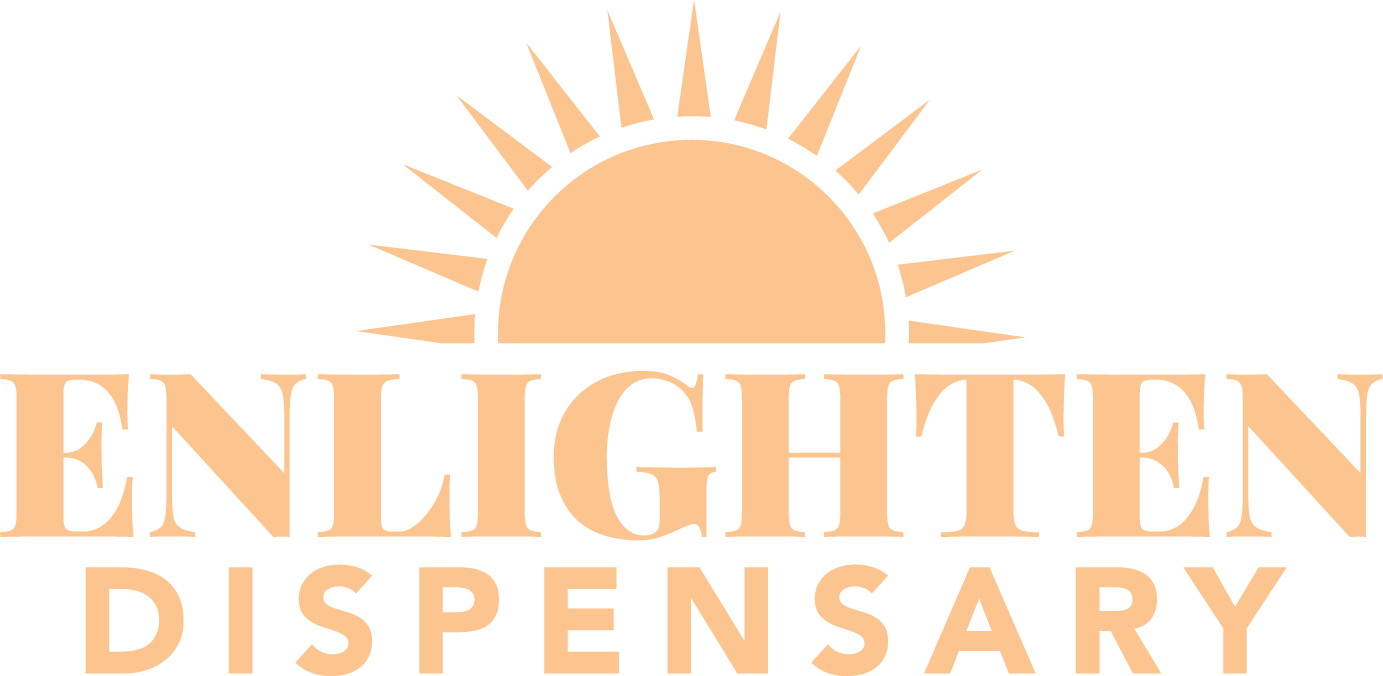Cannabis product labels are almost a brand-new concept.
Dispensaries have only been selling legal cannabis to adult consumers for a couple of years in New Jersey. Before that, you could only procure recreational cannabis on the black market (not that we’re pointing any fingers and insinuating anything), and it’d come in little baggies, ziplocs, or even saran wrap.
There wasn’t a label in sight.
You had to work with what you had based on aromas, freshness, density, and the presence of trichomes and red hairs.
Nowadays, you have the luxury of labels—but do you know what to make of them? More to the point, does the text read to you like gibberish, and are you still playing a guessing game?
After all, there’s a lot of information on these labels, which can be overwhelming. How can you know what to look for? What is the most valuable information a label can provide, and why will it make one cannabis a better option than another?
This article will examine what to look for on cannabis labels to ensure your visits to the dispensary bear the most cannabinoid-induced fruit.
Essential Cannabis Label Information
Below, we’ll break down the most essential cannabis label information and what it tells you about a given strain or product:
Cannabinoid Content, Percentage Breakdowns, and Potency
THC (Tetrahydrocannabinol, the psychoactive component of cannabis) and CBD (Cannabidiol, a non-psychoactive, therapeutic component of cannabis) are the two cannabinoids that most frequently pop up on cannabis product labels.
Cannabis needs THC to be psychoactive (or get you ‘high’). If there’s only CBD present in a strain, it will potentially have therapeutic effects but not anything psychoactive.
As far as potency levels go, here’s a good system to work from:
- Anything between 5% and 15% THC is going to be relatively low in potency.
- Anything between 15% and 25% will be of a more medium potency.
- Between 25% and 35% will be something of a heavy hitter.
- Once you go over 35%, we’re typically dealing with infused cannabis, which is more or less a super heavyweight. Once you get in this area, especially once you involve cannabis concentrates smoked in vapes or dab rigs, the THC levels can reach up to 90%.
CBD percentages are vastly lower, and anything with around 4% is considered CBD-rich [1]. Traditional strains typically don’t hold more than 0.3% CBD.
You might also see CBD-to-THC ratios reflected on the label, reflected as such:
- High CBD and Low THC will be 20:1 or 50:1.
- High CBD and Medium THC will be 10:1.
- Medium-High CBD and Medium THC will be 5:1.
- Equal amounts will be 1:1.
Note that these aren’t necessarily hard and fast label rules, but they’re a good general guide of what to expect.
Types Of Cannabis Products
Flower is the standard and reflects the THC levels discussed in the previous subsection.
Edibles are an entirely different story, usually reflecting the THC content in milligrams. You might find an edible product that’s 100mg of THC, and that means you shouldn’t eat the whole thing at once because the suggested single dose is 5mg to 10mg.
Note that the effects of edibles take longer to hit (usually over an hour), but they last for a long time, sometimes up to six, seven, or eight hours, and can be very intense.
Concentrates such as badder, wax, tinctures, rosin, RSO, etc., deal in THC percentages (and, as we’ve mentioned, higher THC percentages). They are highly potent, and the effects are immediate but not long-lasting like edibles.
Terpenes and The Entourage Effect
Terpenes include myrcene, linalool, myrcene, limonene, and many others. They’re found in hundreds of plant species but have specific characteristics in cannabis strains.
Furthermore, terpenes are responsible for the flavors and aromas associated with a given cannabis strain. However, the importance of terpenes goes beyond flavors and scents, extending to the entourage effect.
The entourage effect theorizes that cannabis’s effectiveness is a sum of its many parts. Rather than just relying on THC content and potency levels, components like terpenes influence the overall quality of cannabis and the experiences it yields.
To the above point, many terpenes have specific effects, whether calming, anti-inflammatory, sedative, etc.
Sativa, Indica, or Hybrid
Usually, a cannabis product label will tell you whether you’re purchasing a sativa (daytime, energizing strains), indica (sleepy, nighttime strains), or a hybrid (a mixture of indica and sativa).
Indicas and hybrids usually have higher THC content than sativa, but that’s not necessarily a hard and fast rule.
Other Important Label Elements
While the previous section examined the most critical components of cannabis labels, the bullet points below will explain other vital label elements worth considering:
- The production date on a cannabis label indicates when the product was packaged and sealed to be shipped to the dispensary [2].
- You’ll also notice an expiration date on your cannabis label. Once a strain reaches its date of expiration, it will lose its potency and pleasurable aromas.
- Batch IDs are another label component. These identify the specific product in your hand from seed to sale [3].
- Many cannabis product labels include lab testing details to verify that authorized testing laboratories have vetted the product’s safety, quality, and cannabinoid content [4]. Lab testing and certification are clear indicators of trustworthy, reliable cannabis.
Regulatory and Safety Warnings
The regulatory and safety warnings you’ll generally find on legal, recreational, adult-use cannabis are as follows:
Regulatory Warnings
- Expect to see the age limit (21-plus in New Jersey) and clarify that it’s for adult use only.
- There will likely be a warning to keep out of reach from pets and children.
- You’ll probably see something about complying with local regulations and laws.
Safety Warnings
- A warning will likely be provided to avoid operating vehicles and heavy machinery.
- You’ll be cautioned about feeling impaired, dizzy, or even anxious after consumption.
- You’ll see something about not consuming if breastfeeding or pregnant.
- There might be something about exacerbating health conditions or the cannabis poorly interacting with medications.
- Expect warnings about responsible consumption, starting with a low dosage, waiting 60 to 90 minutes after dosing, and consulting a professional healthcare provider if you’re unsure about anything.
We can’t guarantee that all these warnings will be present on a cannabis product label, but don’t be surprised if they are.
Tips for Shopping at Enlighten Dispensary
Information about terpenes and cannabinoid content (i.e., potency) can be tremendously helpful in discerning what product best suits your needs. You can find out what’s calming, uplifting, mindful, etc., and determine the tastes and aromas, personalizing your cannabis experience.
On the above note, Enlighten Dispensary sells cannabis products with informative labels. If you’re struggling to understand the information about terpenes, cannabinoids, suggested dosages, or even the safety warnings, our team will be happy to help clarify any confusion.
Conclusion
In certain walks of life, labels aren’t considered a good thing—but in the world of cannabis, they can inform you about many facets of the products you’re about to consume.
Still, a cannabis product is more than its label. Sometimes, you’ve got to experiment with a variety of strains to decide what works best for you.
Enlighten Dispensary offers a wide selection of top-tier cannabis to ensure your experimentation is an enjoyable, fulfilling experience. Visit our location for personalized shopping assistance to help you find the strain that makes the most sense for your needs.
Sources
- https://dutch-passion.com/en/blog/what-is-a-high-amount-of-cbd-for-cannabis-n1099#:~:text=Historically%20any%20cannabis%20strain%20that,contain%20around%200.3%25%20or%20below.
- https://ocs.ca/blogs/cannabis-info/do-cannabis-products-have-an-expiry-date-how-do-i-know-if-my-product-is-fresh#:~:text=Cannabis%20labels%20list%20the%20date,sealed%20in%20its%20final%20packaging.
- https://papaandbarkley.com/learn/how-to-read-and-understand-a-cannabis-batch-label/#:~:text=Batch%20%23%3A%20Regulations%20require%20that,it%20from%20seed%20to%20sale.
- https://groweriq.ca/2023/08/09/ultimate-guide-to-cannabis-labeling-requirements/


